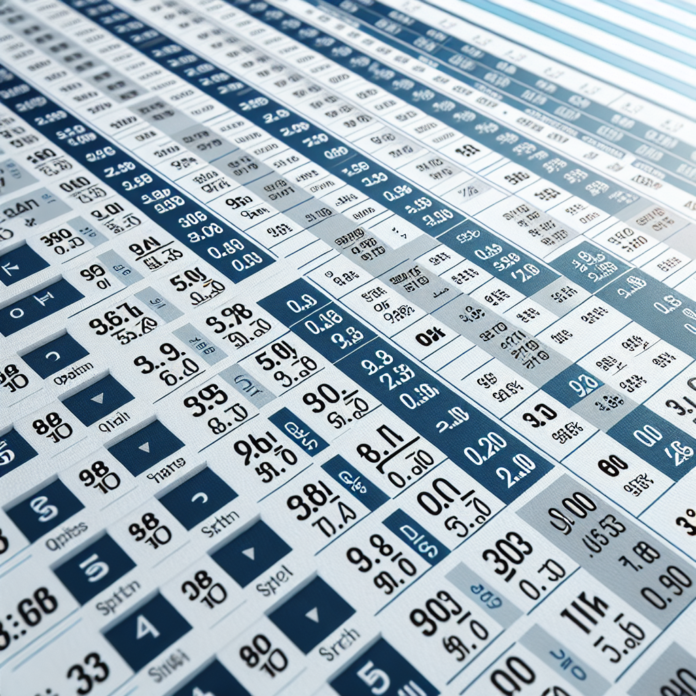Options trading can be a valuable strategy for investors looking to leverage their market predictions with less capital. At the heart of options trading lies a fundamental concept—the strike price. Whether you’re a seasoned trader or new to the game, understanding the strike price is crucial to your success in options trading.
What Is the Strike Price?
The strike price, also known as the exercise price, is the set price at which an option contract can be exercised. It is the price at which the underlying asset can be bought or sold when the option contract is executed. In options trading, there are two main types of contracts: call options, which give the holder the right to buy the asset, and put options, which give the holder the right to sell the asset.
Why Is the Strike Price Important?
The strike price is important because it determines the intrinsic value of the option. This is the value that any given options contract would have if it were exercised at that moment. An option is “in-the-money” if exercising it would result in a profit based on the difference between the current market price and the strike price. Conversely, an option is “out-of-the-money” if exercising it at the current market price would not be profitable.
Choosing the Right Strike Price
Choosing the right strike price is critical for an options trader. It’s a balance between the cost of the option (premium), risk tolerance, and expectations for the asset’s price movement. There are typically several strike prices available for an option, each with its own premium. The closer the strike price is to the current market price, the more expensive the option will be, as the likelihood of profit upon exercise increases.
When selecting a strike price, traders often rely on comprehensive market analysis, and platforms like TD Ameritrade offer tools and resources to help with these decisions.
Influence of Time on Strike Price
Time value also impacts an option’s premium in relation to its strike price. Options that have more time until expiration may have a higher premium since there’s a greater chance for the underlying asset to move.
For deeper insights into time value and other options strategies, a visit to The Options Industry Council (OIC) can provide valuable educational resources and tools.
Strike Price and Options Strategies
Different strategies employ the strike price in various ways. For instance, a “bull spread” strategy might involve buying a call option with a lower strike price while selling a call option with a higher strike price, both with the same expiration date.
Further exploration of strategies can be enriched by visiting financial education platforms like Investopedia, which offers detailed explanations and examples.
Conclusion
The strike price is a core component of an options contract and a critical factor in the success of options trading strategies. It determines the option’s intrinsic value, influences the premium, and ultimately impacts the potential profitability of the trade. Understanding the dynamics of the strike price, along with a well-thought-out trading plan, can greatly improve the odds of successful trading outcomes in the options market. Whether you’re bullish or bearish on an asset, your selection of the strike price is integral in translating your market view into tangible trading positions.




 AGF-B.CO
AGF-B.CO